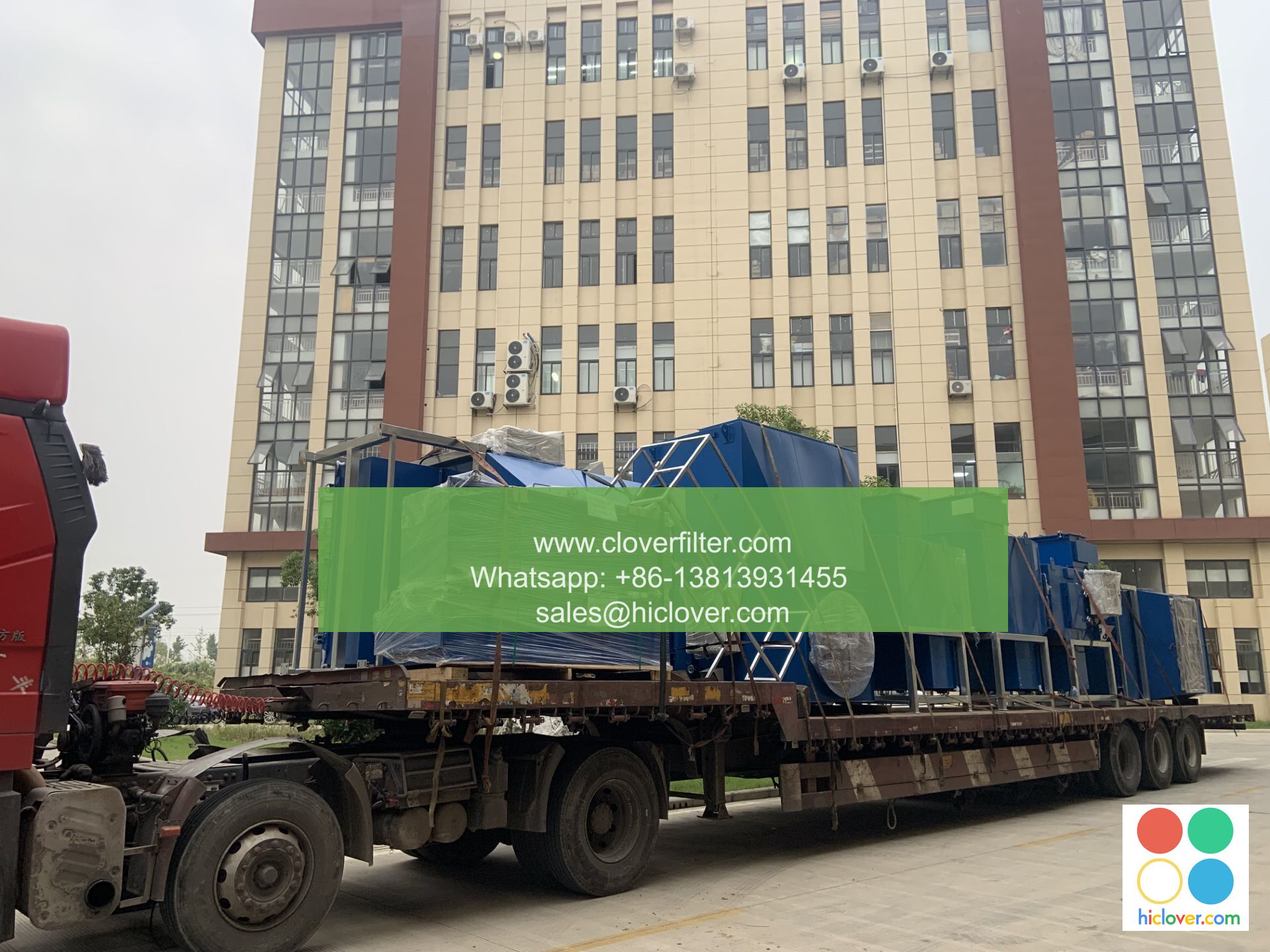A Guide to Understanding Air Filter Sizes: What You Need to Know

A Guide to Understanding Air Filter Sizes: What You Need to Know
Introduction
When it comes to ensuring a healthy indoor environment, a high-quality air filter is essential. But with so many options available, it can be overwhelming to choose the right one. That’s why understanding air filter sizes is crucial. In this article, we’ll explore the different types of air filters, their sizes, and applications to help you make an informed decision.
Types of Air Filters
1. Panel Filters
These are the most common type of air filter, made of a pleated material that captures 20-30% of particles as small as 0.3 microns. They’re suitable for most residential applications.
2. Pleated Filters
These filters have deeper pleats, capturing 40-60% of particles as small as 0.3 microns. They’re often used in commercial and industrial settings.
3. Activated Carbon Filters
These filters contain activated carbon, which captures odors, gases, and volatile organic compounds (VOCs). They’re ideal for paint studios, hospitals, and homes with pets.
4. HEPA (High Efficiency Particulate Air) Filters
These filters capture 99.97% of particles as small as 0.3 microns, making them ideal for homes with allergies, pets, and asthma sufferers.
Air Filter Sizes: What You Need to Know
1. Measuring Filters
Most air filters are measured in inches (e.g., 16×20, 20×25). The larger the size, the more air the filter can clean.
2. MERV Rating
MERV (Minimum Efficiency Reporting Value) ranges from 1-16, with higher numbers indicating better filtration. For example, a MERV 13 filter captures 75% of particles as small as 1.0 microns.
3. Airflow Rate
This measures how much air the filter can clean per minute (e.g., 300 CFM for a 16×20 filter). Higher airflow rates are necessary for larger spaces or areas with high humidity.
Application Areas
- Residential Use: For most homes, a standard panel filter (MERV 8-10) is sufficient.
- Commercial Use: For offices, hospitals, and schools, consider a pleated filter (MERV 11-14) for better filtration.
- Industrial Use: For factories, warehouses, and manufacturing facilities, a MERV 15 or higher filter is recommended.
Conclusion
Choosing the right air filter size and type is crucial for maintaining a healthy indoor environment. By understanding the different types of air filters, their sizes, and applications, you’ll be better equipped to make an informed decision for your home, office, or business. Remember to consider your specific needs, including air flow rate, MERV rating, and size, to ensure optimal performance and protection.
I’m ready to assist you! What would you like to talk about or ask?


